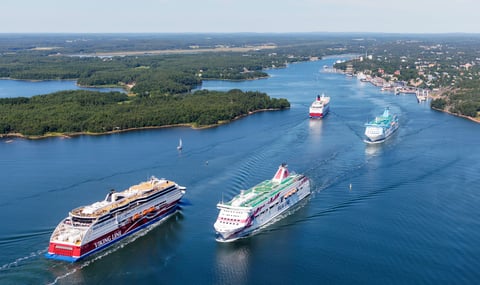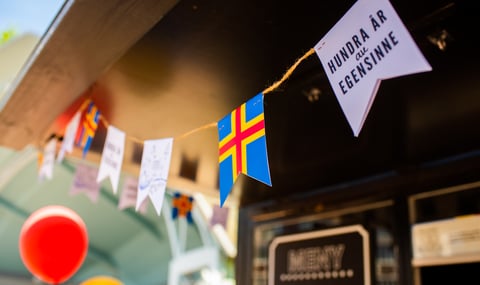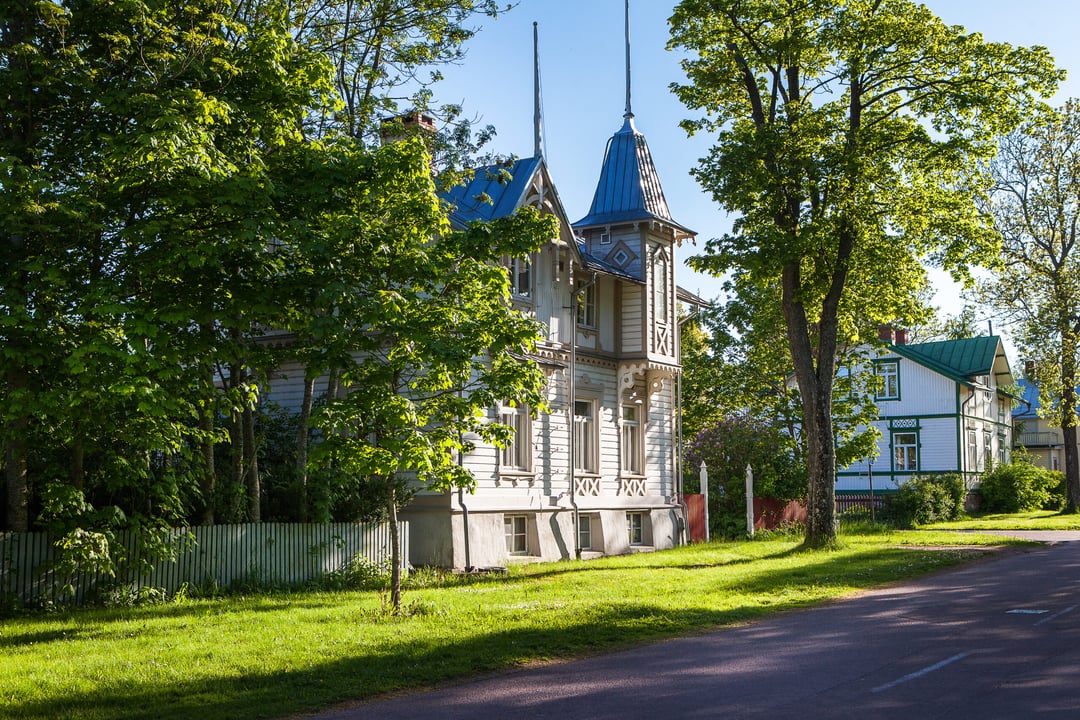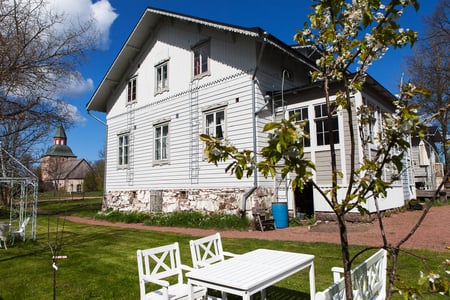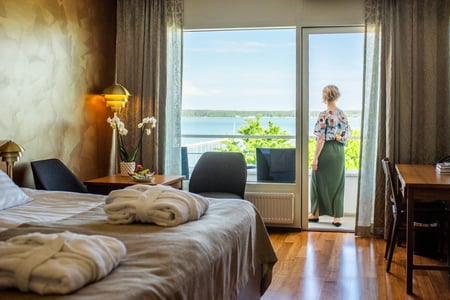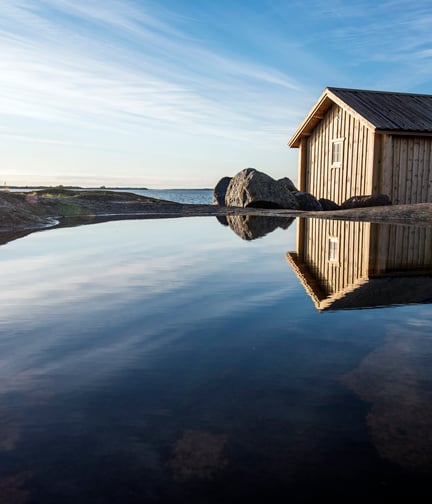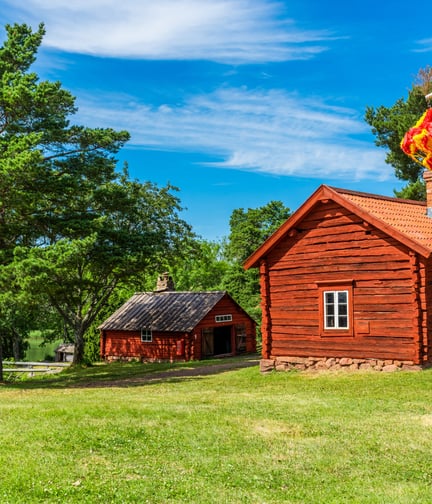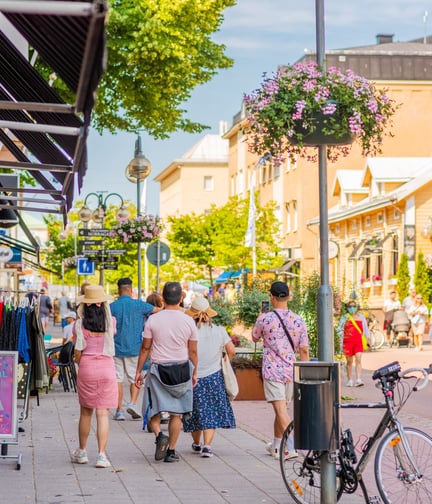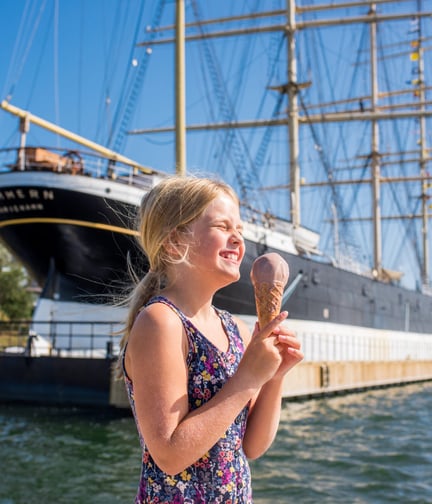Architecture in Mariehamn
The Swedish architect George Theodore Chiewitz drew the first local development plan of Mariehamn in 1859. Åland and Finland were at that time in Russian hands and because of that fact, the plan was made in the Russian style with wide, straight streets and boulevards. Two crossing boulevards divided Mariehamn into four parts due to fire hazards.
In the very first development plan, Chiewitz suggested that Mariehamn should become a town with stone houses, but because the material was so expensive, the plan changed in 1871. At that time, building wooden houses on large yards with fire breaks planted with leafy trees in between the lots to reduce the risk of spreading fires, was made possible.
There is no uniform architecture in Mariehamn, although both Hilda Hongell and Lars Sonck have put their hallmark on the town’s architecture.
Hilda Hongell
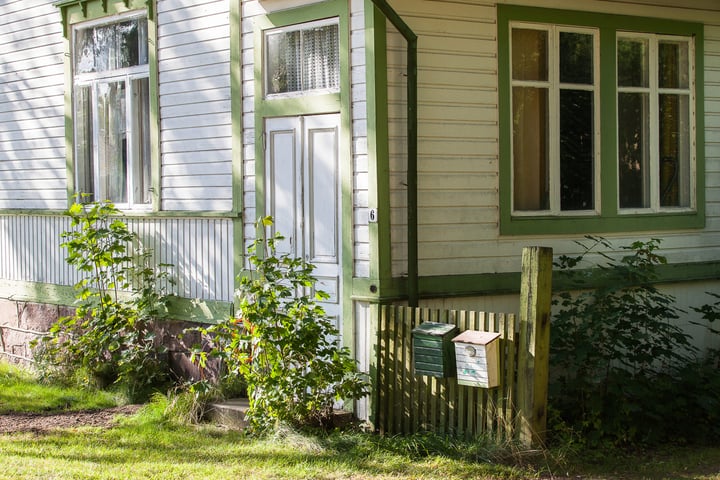
Finland’s first female master builder, Hilda Hongell, was born in Mariehamn in 1867. She received her exams from the Industry School in Helsinki, 1894. Her early architecture was in the style of Gothic Revival and Renaissance and later Jugend.
Hilda Hongell’s wooden gingerbread work architecture is strongly associated with Mariehamn at the turn of the last century 1800/1900. Of the 105 buildings she drew for Mariehamn, about 44 still remain. Many of them can be admired on a walk along Mariegatan and Södragatan.
Lars Sonck
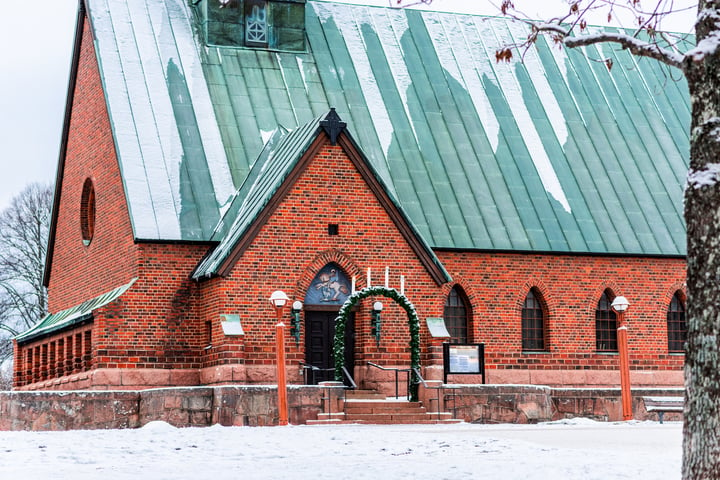
Mariehamn can also boast several buildings drawn by Lars Sonck (1870-1956). He is considered one of Finland’s greatest architects. In contrast with the turn of the century’s wooden houses, Lars Sonck drew monumental buildings in a national romantic spirit. His work in Mariehamn includes, among others, the Åland Sjöfartsläroverk, St: Göran Church, City Hall and the ÅSS Pavillion in the western harbor.
A walk in the footsteps of Hilda Hongell or Lars Sonck is a worthwhile and pleasant way to get acquainted with Mariehamn and its architecture.
